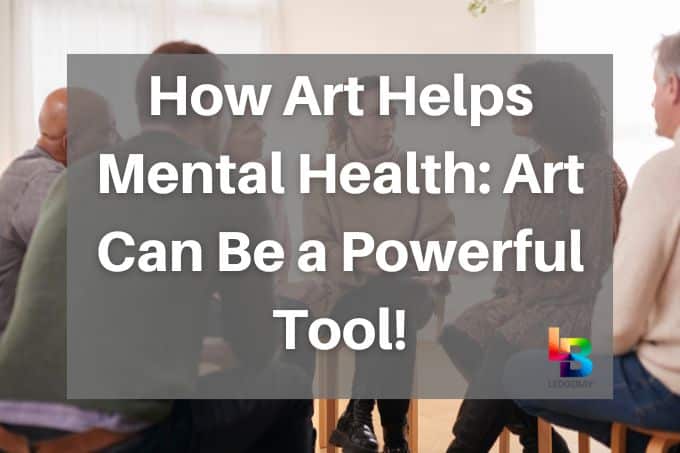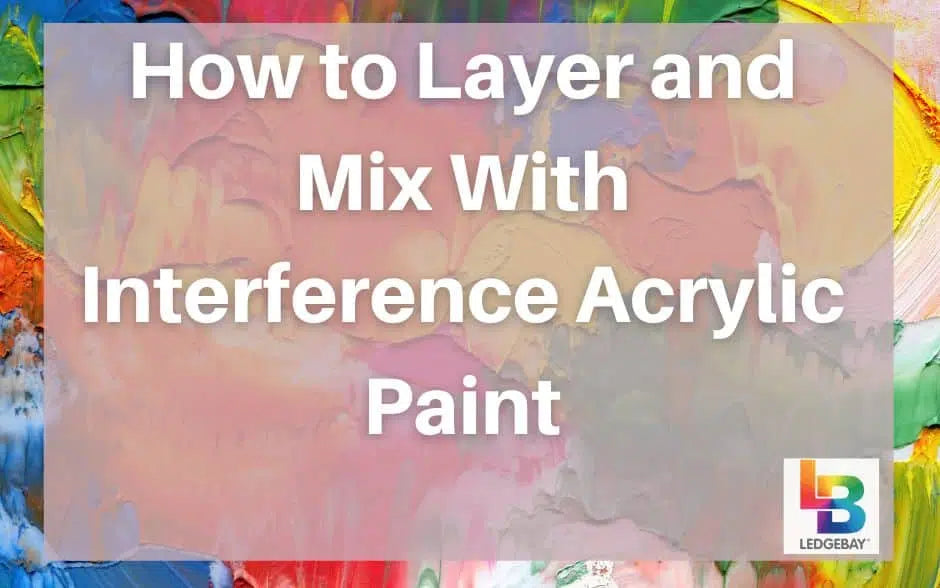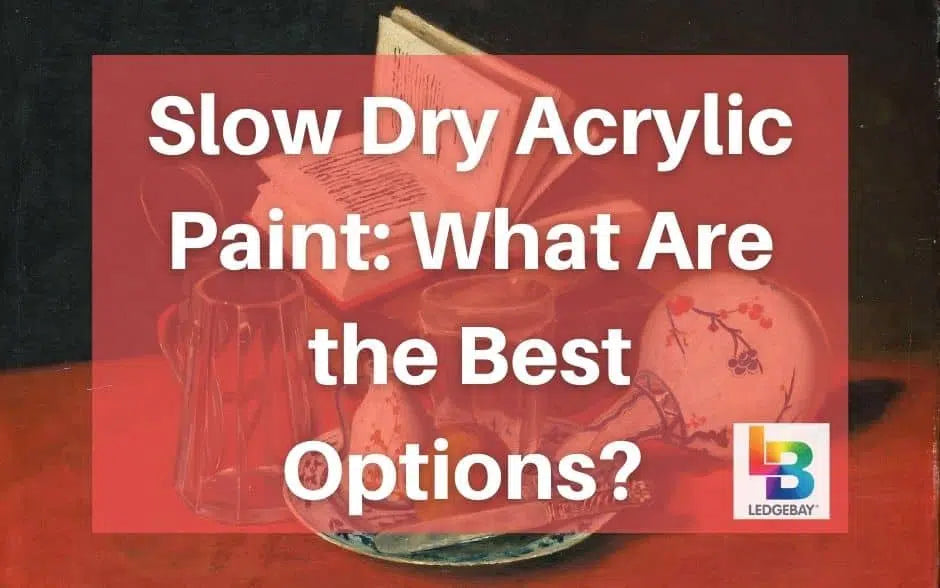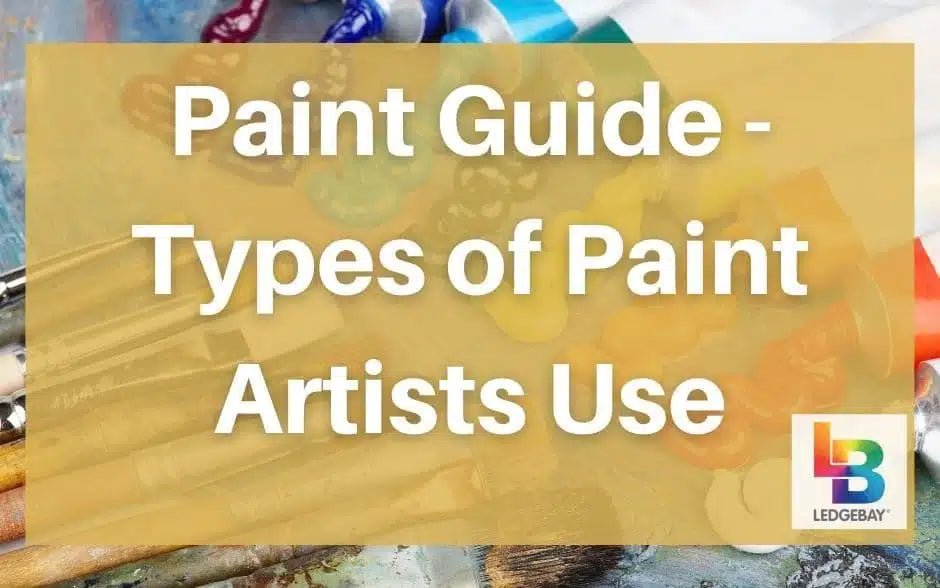EDITED AND FACT CHECKED BY: NATASHA TAYLOR
/wp:paragraph wp:paragraphCan art help mental health? - Of course!!!
/wp:paragraph wp:paragraphArt is a powerful tool for supporting mental well-being, and at Ledgebay, i've seen firsthand how art helps mental health.
/wp:paragraph wp:paragraphHi, My name is Natasha Taylor, the Senior Content Writer for Ledgebay. As someone who has worked with paint-by-number kits for years, I've witnessed the incredible impact that engaging in creative activities can have on reducing stress, boosting mood, and promoting self-expression.
/wp:paragraph wp:paragraphWhether you're an experienced artist or a beginner, the therapeutic benefits of art are accessible to everyone. In this article, we'll explore how art helps mental health, the fascinating science behind art's ability to support mental wellness and provide practical tips for incorporating more creativity into your daily life. Keep reading to learn more!
/wp:paragraph wp:group {"metadata":{"name":"Key take aways"},"backgroundColor":"pale-cyan-blue","layout":{"type":"constrained"},"UAGDisplayConditions":"userstate"}Art for Mental Health Key Takeaways ?
- Art therapy is a powerful tool for improving mental health and well-being in people of all ages, especially children and adolescents
- Creating art reduces stress, anxiety, and depression by providing a healthy outlet for emotions, promoting relaxation, and boosting mood.
- Art therapy enhances self-esteem, confidence, and self-awareness by fostering a sense of accomplishment and enabling self-discovery.
- Engaging in artistic activities promotes mindfulness, focus, and living in the present moment, which can alleviate worries and anxious thoughts.
- Art therapy is an effective complementary treatment for various mental health conditions, including PTSD, eating disorders, ADHD, and trauma in children and adolescents.
- Art therapy facilitates communication and social connection, helping individuals express difficult emotions and experiences without relying solely on words.
- Participating in creative pursuits improves cognitive function, problem-solving skills, and may protect against mental decline in older adults.
- You don't need to be an artist to benefit from art therapy; the therapeutic process of creating and expressing oneself is more important than the final product.
The Many Benefits of How Art Helps Mental Health
/wp:heading wp:heading {"level":3}Stress Reduction and Relaxation
/wp:heading wp:paragraphOne of the biggest perks of art is its ability to melt away stress and promote relaxation. When you're focused on creating, your mind gets a break from worries and anxiety. Studies show that just 45 minutes of creative activity can lower stress hormones, no matter your skill level.
/wp:paragraph wp:heading {"level":3}Improved Mood and Emotional Release
/wp:heading wp:paragraphFeeling down? Art can help with that too! Expressing yourself creatively can boost your mood, provide an outlet for difficult emotions, and promote feelings of happiness and satisfaction. So next time you're feeling blue, try grabbing some art supplies and letting your feelings flow onto the page.
/wp:paragraph wp:heading {"level":3}Increased Self-Esteem and Confidence
/wp:heading wp:paragraphCreating art can also do wonders for your self-esteem and confidence. The process of making something uniquely yours and improving your skills over time can make you feel accomplished and proud of yourself. Whether you're a beginner or a seasoned artist, embracing your creativity is a great way to boost your self-image.
/wp:paragraph wp:heading {"level":3}How Art Helps Mental Health: Mindfulness and Focus
/wp:heading wp:paragraphGetting lost in an art project can be a meditative experience that brings you into the present moment and helps you focus. By engaging your senses and giving your full attention to your creation, you can quiet racing thoughts and find a sense of calm and mindfulness.
/wp:paragraph wp:heading {"level":3}Supporting Mental Wellness in Children and Teens
/wp:heading wp:paragraphArt can be especially beneficial for supporting mental wellness in children and teens. Here's how:
/wp:paragraph wp:list- Emotional Outlet: Art provides a healthy way for kids to express and process big feelings they may not have the words for yet. Drawing, painting, or sculpting can help them safely release emotions like anger, sadness, or fear.
- Self-Expression: Artistic activities give children and teens an opportunity to explore and express their unique identities. By creating art that reflects their inner world, kids can gain self-understanding and feel seen and validated.
- Confidence Building: Engaging in creative projects can help kids and teens feel more confident as they develop new skills and take pride in their artistic accomplishments. The sense of achievement that comes with completing an artwork can carry over into other areas of their lives.
According to a study by art therapist Kathryn Gustafson, art therapy can be particularly helpful for children and teens struggling with anxiety, depression, ADHD, autism, and other mental health challenges. Through art, kids can communicate their experiences, learn coping skills, and find relief from difficult symptoms.
/wp:paragraph wp:headingThe Special Benefits of Art for Children and Teens
/wp:heading wp:heading {"level":3}How Art Helps Mental Health: A Safe Space for Emotions
/wp:heading wp:paragraphFor many kids and teens, talking about big feelings can be tough. Art offers a non-verbal way to express and process emotions in a safe, healthy way. When children create art, they can externalize inner experiences onto the page or sculpture, making their feelings feel more manageable. Having a tangible representation of their emotions can also help kids communicate with adults about what they're going through.
/wp:paragraph wp:heading {"level":3}How Art Helps Mental Health: Building Confidence Through Creativity
/wp:heading wp:paragraphEngaging in art activities can be a major confidence booster for kids and teens. The experience of learning new skills, problem-solving, and creating something all their own can foster a sense of competence and self-worth. As children practice and improve their artistic abilities, they develop the resilience to keep trying even when things feel challenging. Each completed artwork serves as a reminder of their capabilities and accomplishments.
/wp:paragraph wp:paragraphWhether it's through drawing, painting, sculpting, or any other medium, art is a powerful tool for supporting mental wellness at any age. By providing an outlet for self-expression, relaxation, and confidence-building, artistic activities can help kids, teens, and adults alike navigate life's challenges with greater ease and resilience. So next time you or a young person in your life needs a mood boost or a healthy way to process emotions, consider reaching for some art supplies and letting your creativity shine.
/wp:paragraph wp:headingRelevant Research and Case Studies:
/wp:heading wp:list- In a case study, art therapy helped a 10-year-old boy with Crohn's disease express emotions, relieve stress, and improve quality of life.
- A 2016 study of experts identified key aspects of art therapy for depression, including verbal and nonverbal self-expression and addressing depressive symptoms.
- A 2024 study found positive outcomes of art therapy for children and teens in a hospital mental health unit.
Here's an Infographic For YOU!
/wp:heading wp:image {"lightbox":{"enabled":false},"id":51327,"sizeSlug":"large","linkDestination":"custom","align":"center"}
MY EXPERT RECOMMENDATIONS
I have tested quite a few paint by number kits throughout my career. But in my EXPERT OPINION, nothing would ever compare to how simple yet therapeutic Ledgebay products are. They are DURABLE, FUN, and can be done by ANYONE and at ANY AGE. I would highly recommend trying out these products that have been proven to be highly effective for relieving stress and anxiety!
GET THEM ON AMAZON TOO!
FAQs❓
1. What is Art Therapy and How Does It Differ From Regular Art Classes or Doing Art as a Hobby?
Art therapy is a form of psychotherapy that uses art materials and the creative process to help people express emotions, develop self-awareness, cope with stress, and work through psychological issues. It is facilitated by a trained art therapist. In contrast, art classes focus on teaching art techniques, while hobbies are done just for enjoyment. Art therapy emphasizes the therapeutic process over the artistic product.
2. Do You Need to Have Artistic Talent or Experience to Participate in and Benefit From Art Therapy?
No, you don't need any prior experience or artistic skill to engage in art therapy. The focus is on self-expression and exploration, not on the quality or appearance of the final art piece. An art therapist can work with all skill levels and will tailor the process to each individual's needs and abilities. Anyone can benefit from the creative process in art therapy.
3. How Can Art Therapy Specifically Help Children and Adolescents?
Art therapy provides children a non-threatening way to express difficult emotions, as they may not have the vocabulary to verbally articulate their feelings. The creative process can reveal inner thoughts and experiences that may be too risky or embarrassing for kids to share aloud. It also gives them a sense of control and builds self-esteem. For adolescents, art therapy offers a safe outlet for intense emotions and can uncover underlying issues like depression or trauma.
4. What Mental Health Conditions or Concerns is Art Therapy Commonly Used to Treat?
Studies show art therapy can help reduce symptoms of anxiety, depression, PTSD, and trauma. It is also used to support people coping with medical conditions like cancer, chronic pain, cognitive impairments, autism, and Alzheimer's disease. Art therapy can improve quality of life, provide healthy coping skills, and promote general mental well-being for people dealing with life challenges and transitions.
5. What Should You Look for When Seeking Out an Art Therapist? Do They Need to Be Licensed or Credentialed?
When looking for an art therapist, make sure they have a master's degree and credentialing as a registered art therapist (ATR). Additional licensure may be required in some states. Art therapists should have training in both psychology and art. Ask about their experience working with your particular concerns. It's important to find an art therapist with whom you feel comfortable, so request a consultation to see if they are a good fit before committing to sessions.
Final Thoughts on How Art Helps Mental Health!
/wp:heading wp:paragraphArt therapy is a scientifically-validated, highly effective way to promote mental wellness and healing. By tapping into our innate creativity, we can access a powerful source of self-understanding, emotional resilience, and personal growth. Whether you're struggling with a diagnosed mental health condition or simply looking to manage everyday stress, making art is a rewarding and deeply therapeutic practice!
/wp:paragraph wp:paragraphYou may also want to check out these other articles on paint by number kits and its benefits!
/wp:paragraph wp:embed {"url":"https://ledgebay.com/how-to-fix-dry-paint-from-your-paint-by-numbers-kit","type":"wp-embed","providerNameSlug":"ledgebay"}










